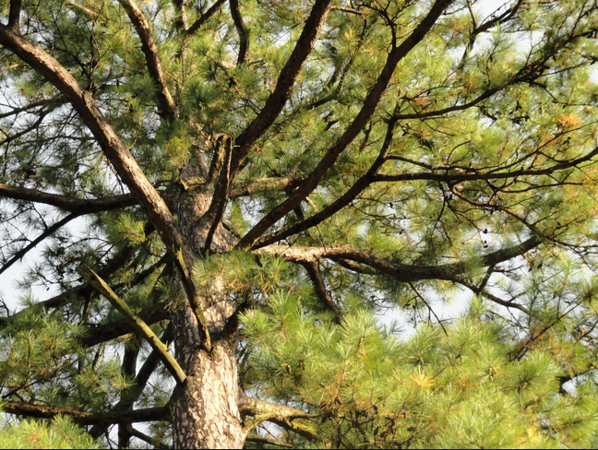Towering loblolly pine tree in East Texas cited as largest
Published 8:45 am Wednesday, February 8, 2017
LUFKIN, Texas (AP) – In an area known for an abundance of skyscraper-tall trees, this one stands above the rest.
The Lufkin News (http://bit.ly/2kHyfwl ) reports the Texas A&M Forest Service recently confirmed a loblolly pine on the T.L.L. Temple Foundation Boggy Slough Conservation Area west of Lufkin as the largest of its kind in the state.
Located within 200 feet of Cochino Bayou, a prominent waterway, this champion loblolly stands at 138 feet tall with a circumference of 178 inches and a crown spread of 65 feet.
Because of the presence of an old abandoned tram right of way, Robert Sanders, director of forest and wildlife management at the T.L.L. Temple Foundation’s Boggy Slough Conservation Area, said it is believed that this area was last logged for both hardwood and pine more than 100 years ago.
“People have known about this tree for a while, but we decided that we needed to get it measured and see how it compares with other big trees,” Sanders said. “We have some others in the Boggy Slough Conservation Area, but this was the biggest one, and we thought it was worth taking a closer look. There’s a lot of big trees around this tree, but as soon as you walk up to it, you know there’s something special about it.”
When a potential champion tree is located, a precise measuring process is used to determine a tree index number. The number is found by combining the trunk circumference in inches with the total height of the tree in feet, plus one-quarter of the average crown spread in feet.
The former champion, located in Rusk County, was most recently measured in May 2013 and has an index of 309 points. This new king of the pines has a tree index of 332 points.
“Although all trees have value as they provide many environmental, economic and social benefits to Texans, big trees have big value,” Texas A&M Forest Service Partnership Coordinator Gretchen Riley said. “This big loblolly pine stands in a place that could arguably be called the birthplace of Texas forestry and connects past industry with present conservation values. I’m thrilled to crown it the state champion.”
Originally purchased in the early 1900s as part of the Southern Pine Lumber Company, Boggy Slough is a 20,000-acre tract located along the Neches River. The Southern Pine Lumber Company would become the Temple-Inland Corporation and was purchased by International Paper in 2012.
After the tract was purchased by the T.L.L. Temple Foundation in 2013, management priorities shifted from a focus on commercial timber production to a more balanced approach that promotes ecosystem health while maintaining the land as a working forest.
A conservation easement was placed on the property in cooperation with the Conservation Fund last year, allowing the property and its conservation value to be protected in perpetuity.
“We’re going to manage it as a sustainable working forest,” Sanders said. “That means harvesting timber for forest health as well as for profit. We’re not going to do any hardwood harvesting. We’ll stay out of the river bottoms along the creeks. Basically, we want to be a good example of how a private land owner can manage the forest and wildlife resources and share our successes with other private land owners so they can manage their land.”
Originally, loblolly pine, known officially as Pinus taeda, was commonly found along banks of streams in virgin forests of Texas. This fast-growing tree species is now the dominant pine across the state, and is considered to be the most commercially valuable of the southern pines. The wood has a wide range of uses including lumber, pulp, boxes, crossties, posts and fuel.







